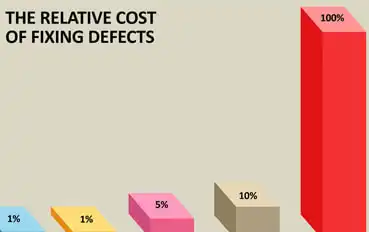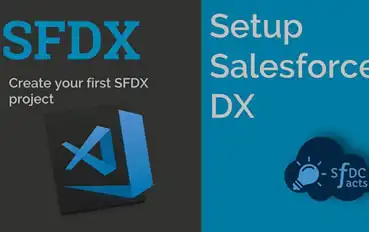Here are 10 ways to use a DevSecOps tool to address Salesforce data issues:

RELATED BLOG POSTS
Setting Up and Using CodeScan Effectively
Running CodeScan on your Salesforce Org is a great first step towards quality code, but maintaining that quality is a Read more
Estimating ROI with CodeScan
Every Software Development Professional knows the following fact: the later bugs are found, the more expensive they are to fix. Read more
SFDX Tutorial | Setting Up CodeScan
Salesforce DX is a new focus on source-driven, collaborative development. The Salesforce CLI (Command Line Interface) easily integrates into your Read more
CodeScan and Visual Studio Team Services
Visual Studio Continuous IntegrationVisual Studio Team Services (VSTS) is a quick and powerful tool to set up continuous integration and Read more

 A failure to maintain quality pools of data in Salesforce can lead to a series of negative impacts. DevSecOps tools can be leveraged to prevent these defects.
A failure to maintain quality pools of data in Salesforce can lead to a series of negative impacts. DevSecOps tools can be leveraged to prevent these defects.
 Existing data issues have the potential to create more data issues. A misconfigured application, for instance, can link improper fields and lead to missing data. These types of errors can be caused by a variety of causes, and many of them link back to technical debt.
Existing data issues have the potential to create more data issues. A misconfigured application, for instance, can link improper fields and lead to missing data. These types of errors can be caused by a variety of causes, and many of them link back to technical debt. Flexibility in software development helps organizations quickly address any issues. Quick release cycles facilitate continuous updates to fix security issues or any problems in lie functionality—both of which have the potential to cause data issues if left unaddressed.
Flexibility in software development helps organizations quickly address any issues. Quick release cycles facilitate continuous updates to fix security issues or any problems in lie functionality—both of which have the potential to cause data issues if left unaddressed.



